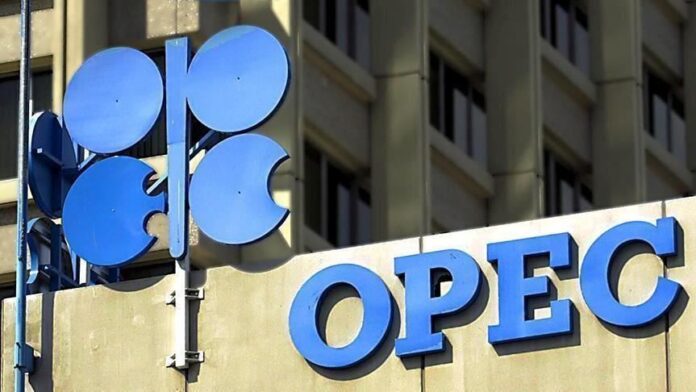Oil prices marginally rose on the second consecutive session Thursday after US crude inventories increased less than expected, while the market keeps an eye on the next meeting of the Organization of Petroleum Exporting Countries and allies (OPEC+) and the anticipated European Union's ban on Russian refined products.
Brent crude edged up by 0.06% to $86.24 a barrel as of 11:31 am GST Thursday, while US West Texas Intermediate (WTI) crude rose 0.26% to $80.36 a barrel around the same time.
US crude inventories at a less-than-expected pace of about 533,000 barrels in the week ended January 20, the US Energy Information Administration (EIA) said Wednesday. That was half the increase of around 1 million barrels in a Reuters poll forecast Monday. At 448.5 million barrels in total, US crude oil inventories are about 3% above the five-year average for this time of the year.
Starting February 5, the European Union (EU) and the Group of Seven (G7) will impose price caps on Russian refined products in addition to the price caps already in place on Russian crude and the EU's embargo on imports of Russian oil by sea.
Also, the G7 has decided to postpone the assessment of the level of the price cap on Russian oil until March to allow time to evaluate the effects of the price caps on oil products.
"The market awaits to get more clarity on the upcoming EU embargo on Russian refined products and the subsequent reshuffle of trade flows, while OPEC+ delegates head into their next meeting," Reuters quoted Citi analysts, who said in a note Thursday.
"The upcoming EU embargo on Russian refined products remains a major source of concern for the market, with widespread dislocations expected to materialize," the Citi analysts added.
Five OPEC+ sources told Reuters Tuesday that an OPEC+ panel is likely to support the oil cartel's current oil output policy when it meets on February 1, as expectations for increased Chinese demand are offset by concerns over inflation and the global economy.










